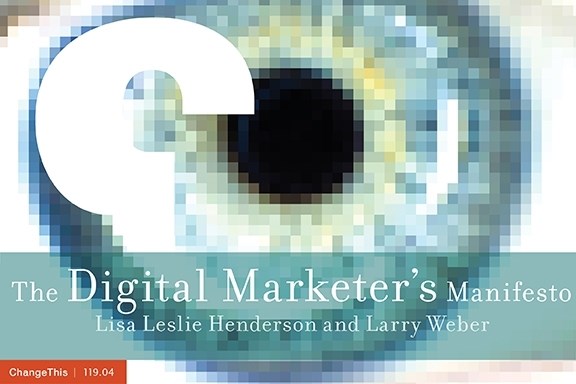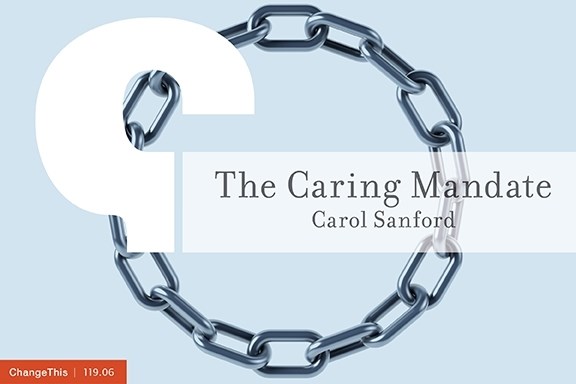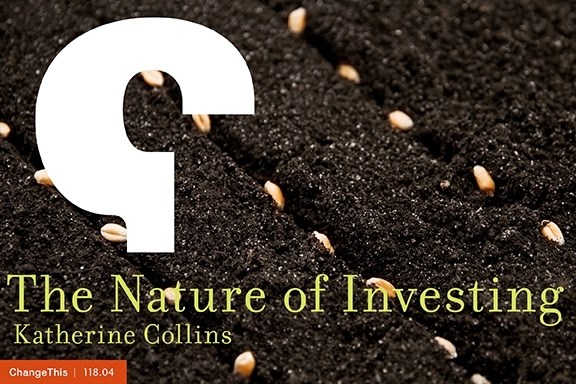ChangeThis RSS
"To succeed in a customer-centric world, we must truly see our customers. Not stalk them, but understand them. As customer experience architects, we must collaborate to design and deliver products, services, environments, and personalized experiences that truly meet our customers' needs. As we do, we will transform a traditionally passive and transaction-oriented association into a productive, profitable, and mutually beneficial collaboration with our customers.
To See ( s/ verb): to understand
Now that we have entered what Forrester describes as the age of the consumer, those organizations that are able to really see their customers will be the ones that succeed. Indeed, the ability to see—to know where to look, to decode meaning from a glut of information and interactions, and reflect that understanding in our customer experience—is today's primary source of competitive advantage."
Continue reading
"Have you ever thought that leadership is a lot like a train? Here's how I think of it: The cars sitting on the tracks are loaded with different but valuable cargo (like team members: They're all different but collectively valuable); they have a destination (the vision, measurable goals and expected time frames for arrival at the goals); and they have a route to follow (the mission and strategic plan). But they do not have a way of getting anywhere on their own. They have to hook up to the engine (the leader).
Have you ever watched how a bunch of railcars (the team) form a working train? It all begins with the engine (leader). The engine switches itself to the same track as the car (team member) it's going to pick up; then it backs up to the car, makes contact and connects. Then it repeats the process until it has all the cars and starts heading toward its destination, sometimes picking up more cars along the way.
Likewise, all leaders are conductors, steering their corporate 'trains' onward, upward and ever forward with knowledge, experience, confidence and enthusiasm—and, above all else, passion and a sure and steady hand.
So, given that you're the conductor guiding your company around the next series of blind corners and long, stagnant stretches, exactly what kind of train are you running here?"
Continue reading
"It is very common to hear sales and marketing leaders talk about 'relationship.' All sales strategies and marketing campaigns work to build a relationship with a buyer. Trust is the basis of relationship! Therefore, it is the way to repeat sales and customer loyalty. However, I think that in order to meet the third level of motivation, we have to go toward something deeper and more at the core of relationship. I call it the Essence-to-Essence connection. Something in us connects with something outside of us, at a core level, and meaningful magic happens."
Continue reading
"It doesn't matter if you are a small business owner, manager, CEO, employee, or aspiring entrepreneur; you want to be the best you can be. You don't have to be a billionaire in order to be at the top of your game. In fact, you have more in common with the world's most successful business leaders than you may think—you are probably already using some of the strategies they use without being aware of it.
To help you raise and sharpen your self-awareness there are seven key strategies that all leaders use, regardless of their industry. These steps lead to what I describe as 'world domination.' All of the seven strategies build and support each other, forming strong pyramid. As you read about these strategies, imagine how you would use each one when building your business or career."
Continue reading
"We are all investors. We invest our time, our energy, our money. We invest every single day, as citizens, as consumers, as businesspeople. At its core, done well, investing is aligned with the same principles that govern natural systems. It involves connection, exchange, and mutual benefit: we humans invented this activity, to serve our own needs, our communities, and our planet. For any business endeavor, wise investing—of human capital, social capital, physical capital, and financial capital—is at the heart of success. [...]
We need to reengage with investing in its essential, connected form—to reintegrate our professions with the real world, instead of the world on the screen. But how?"
Continue reading











